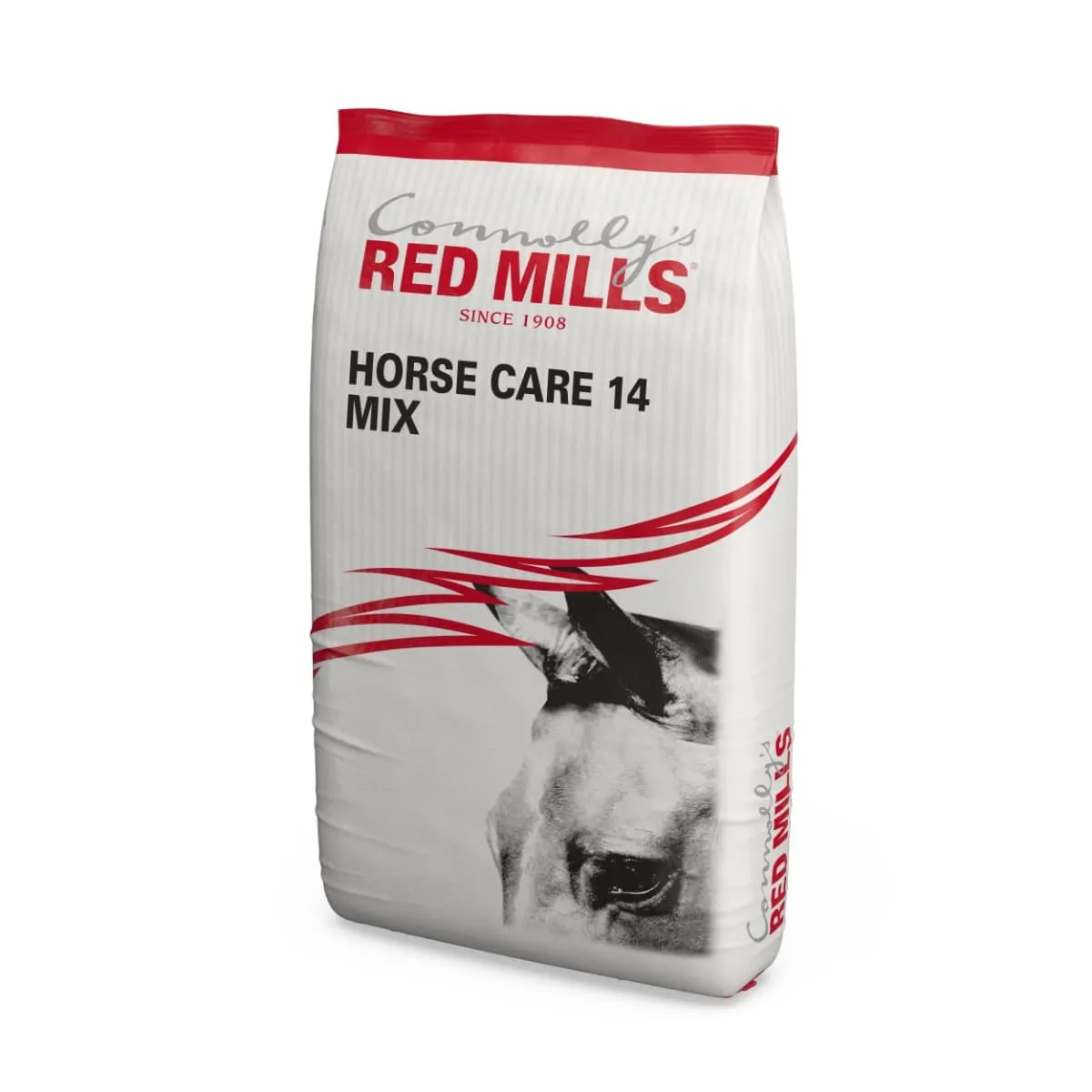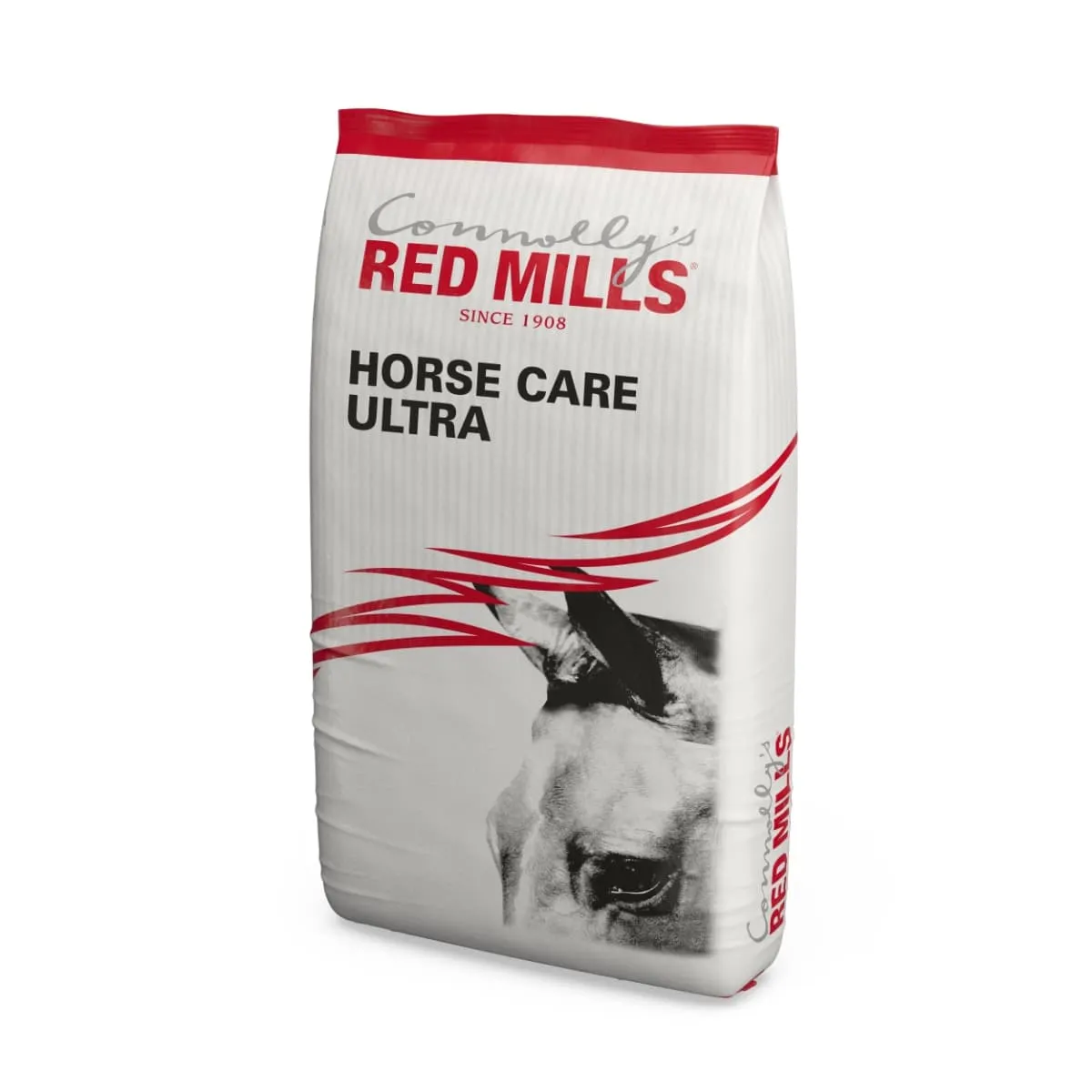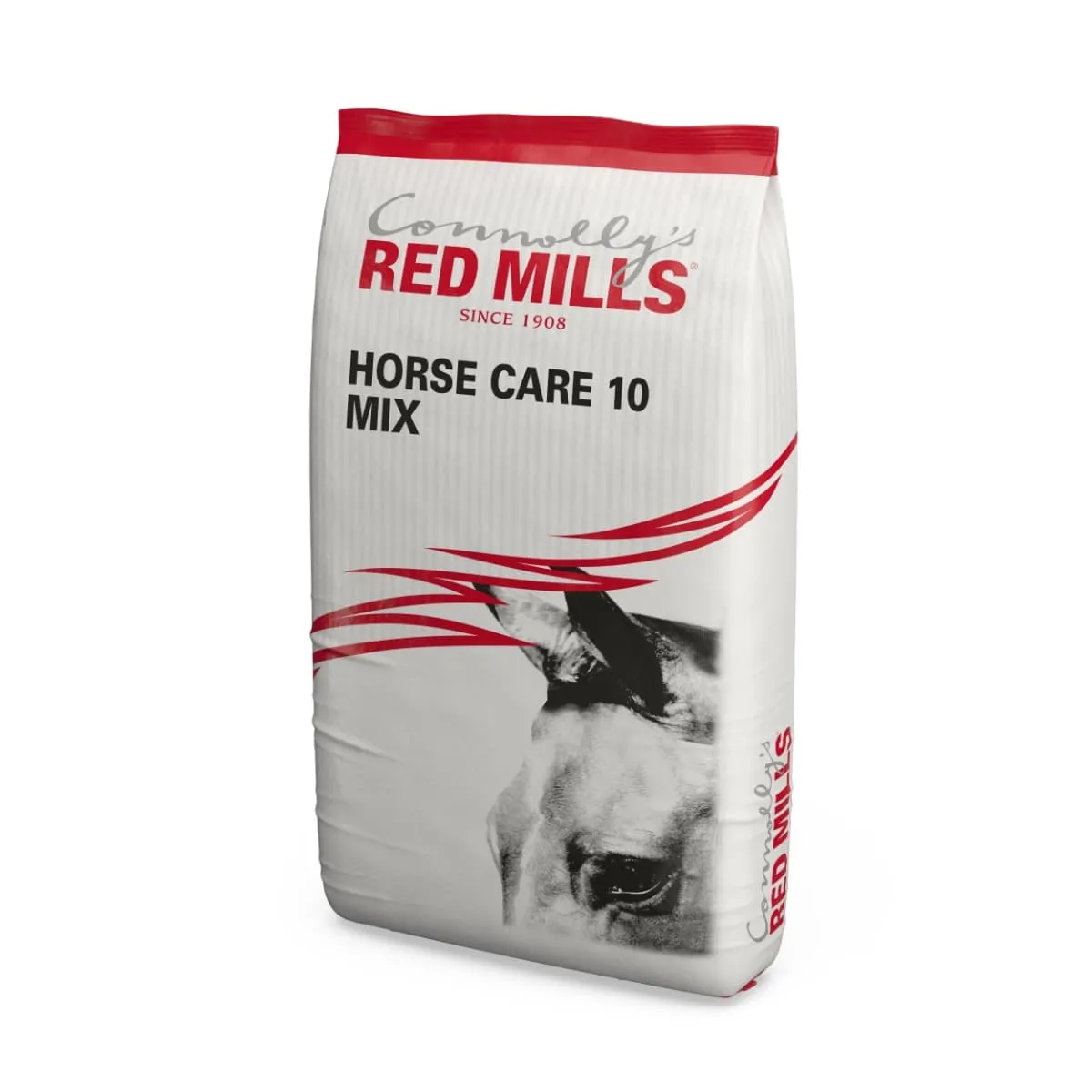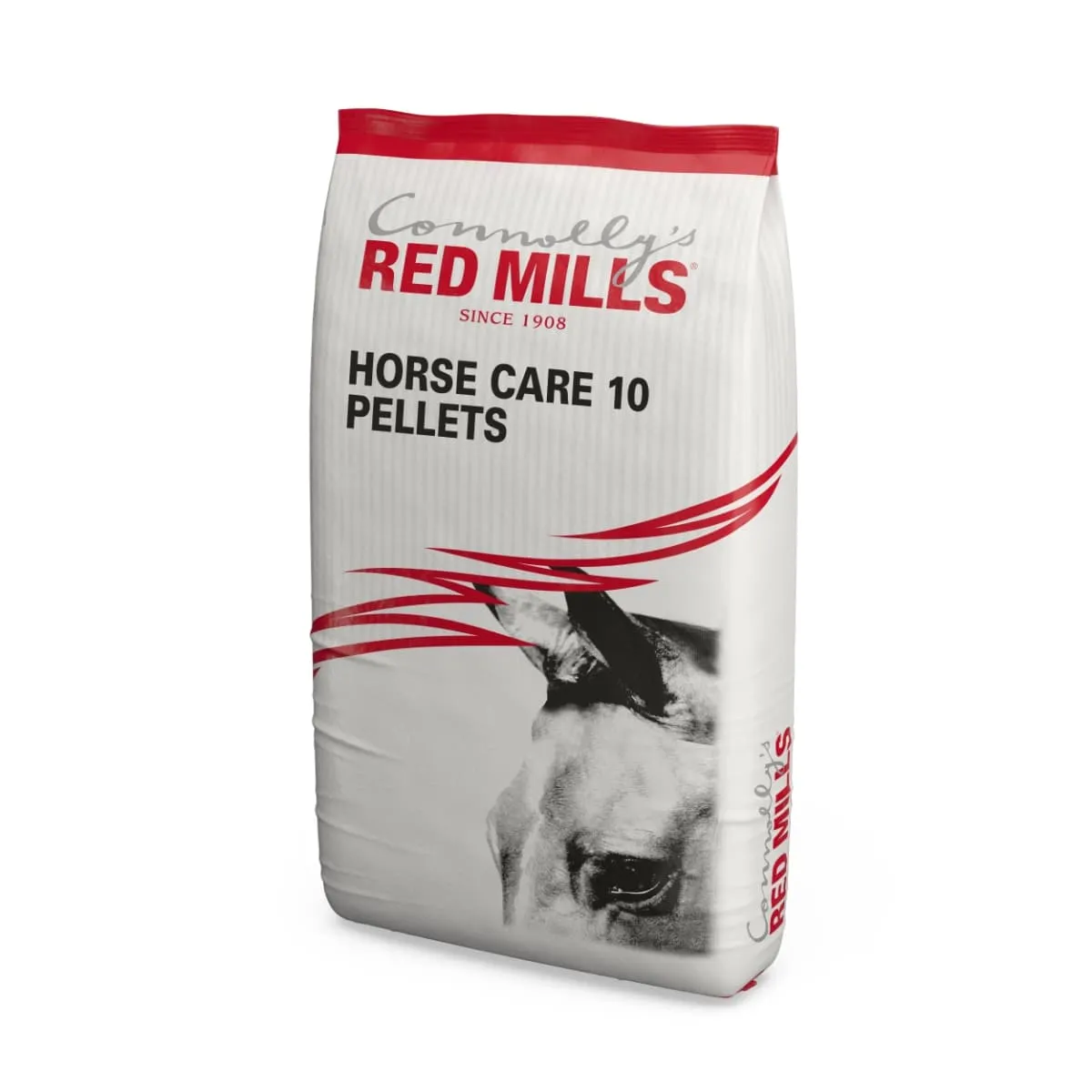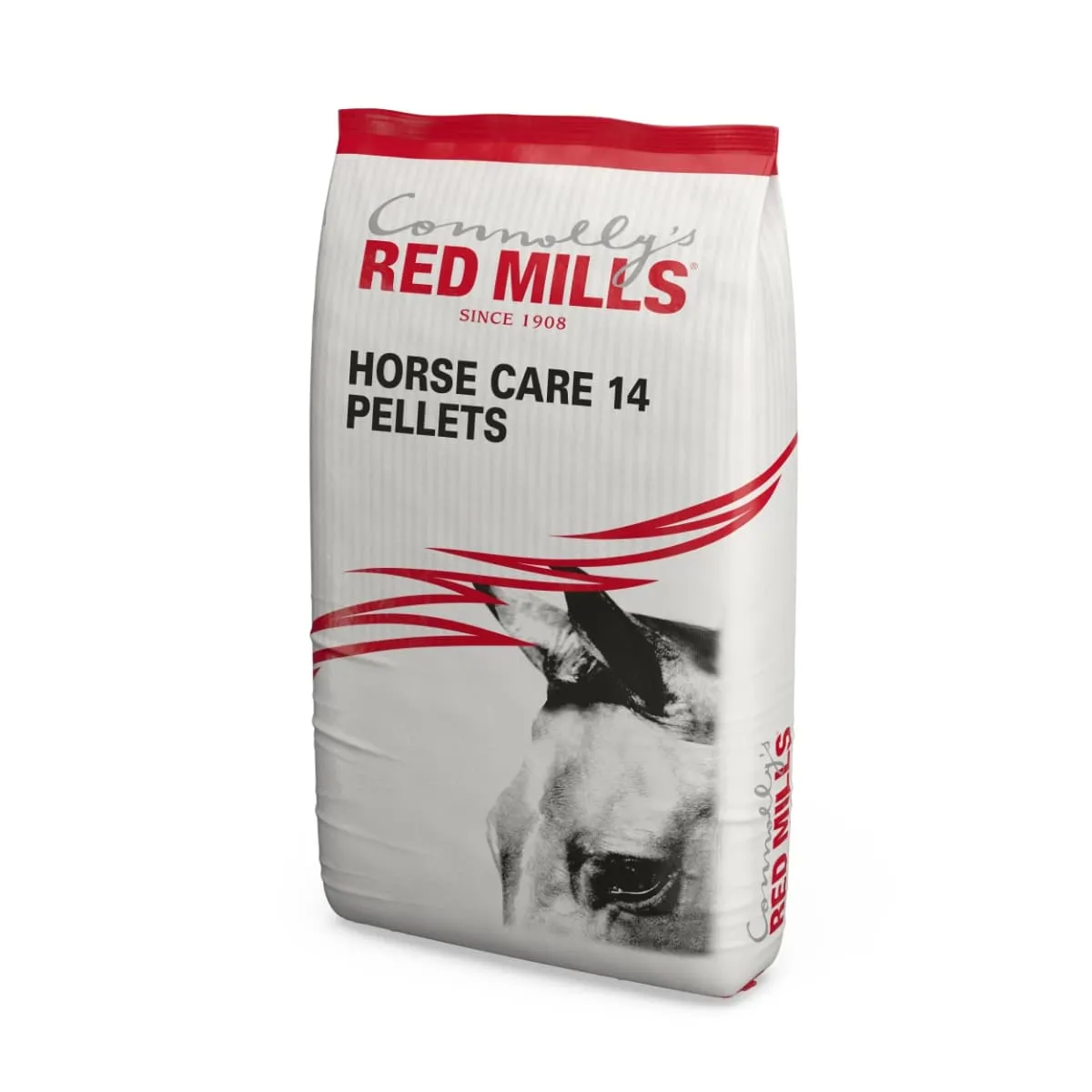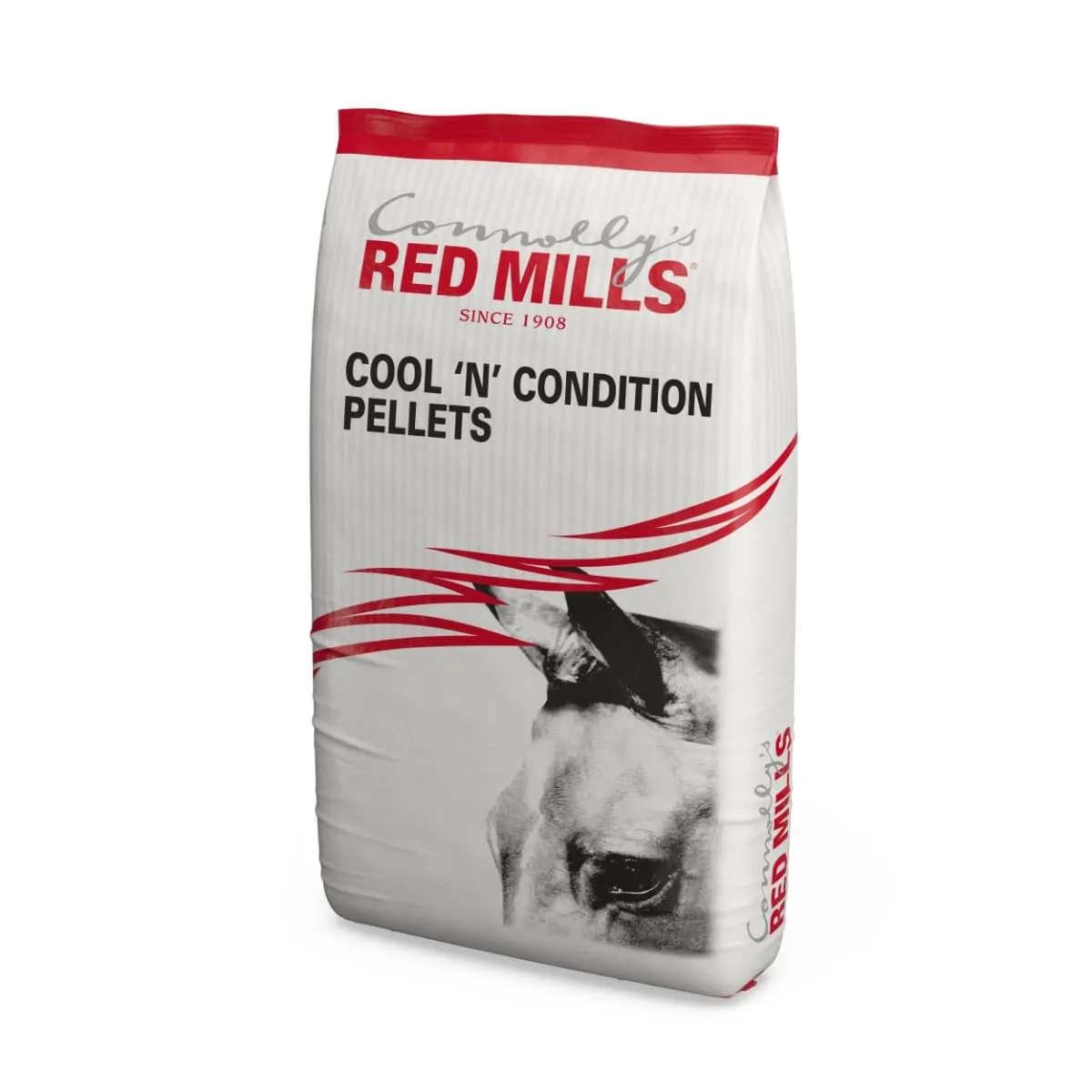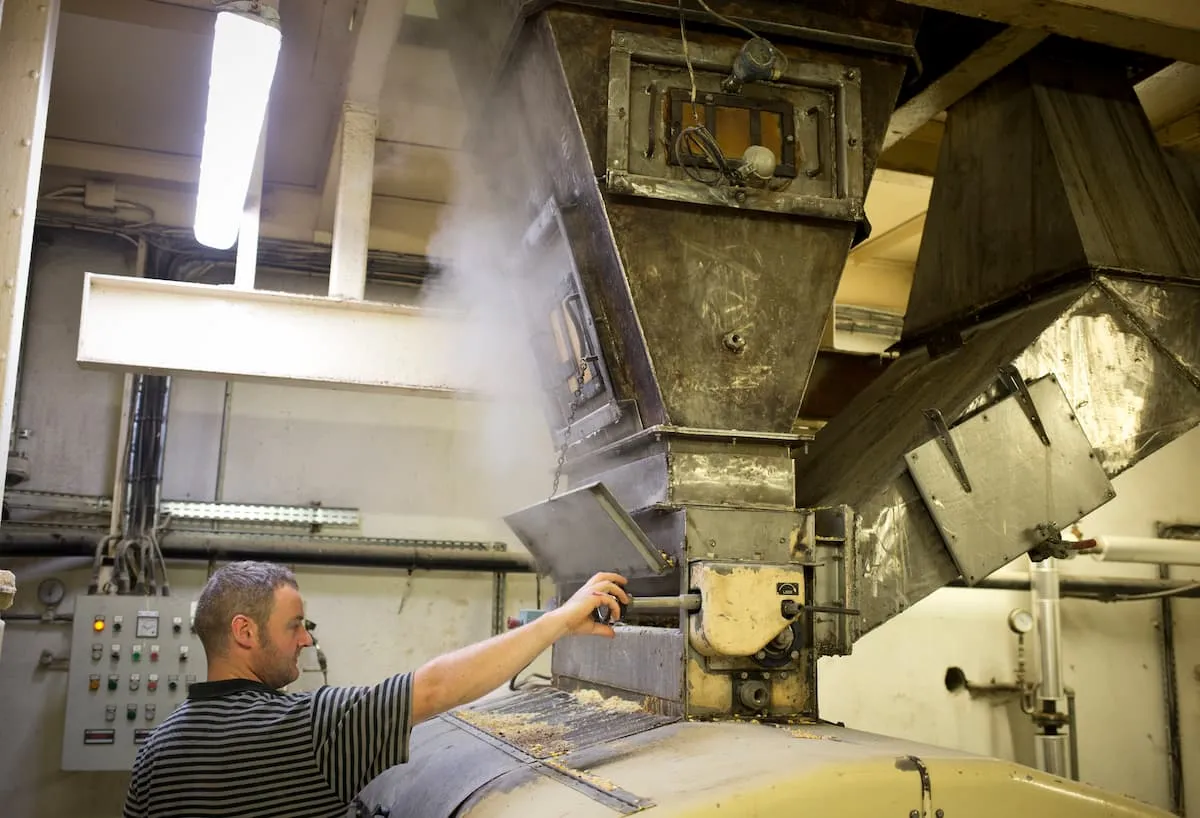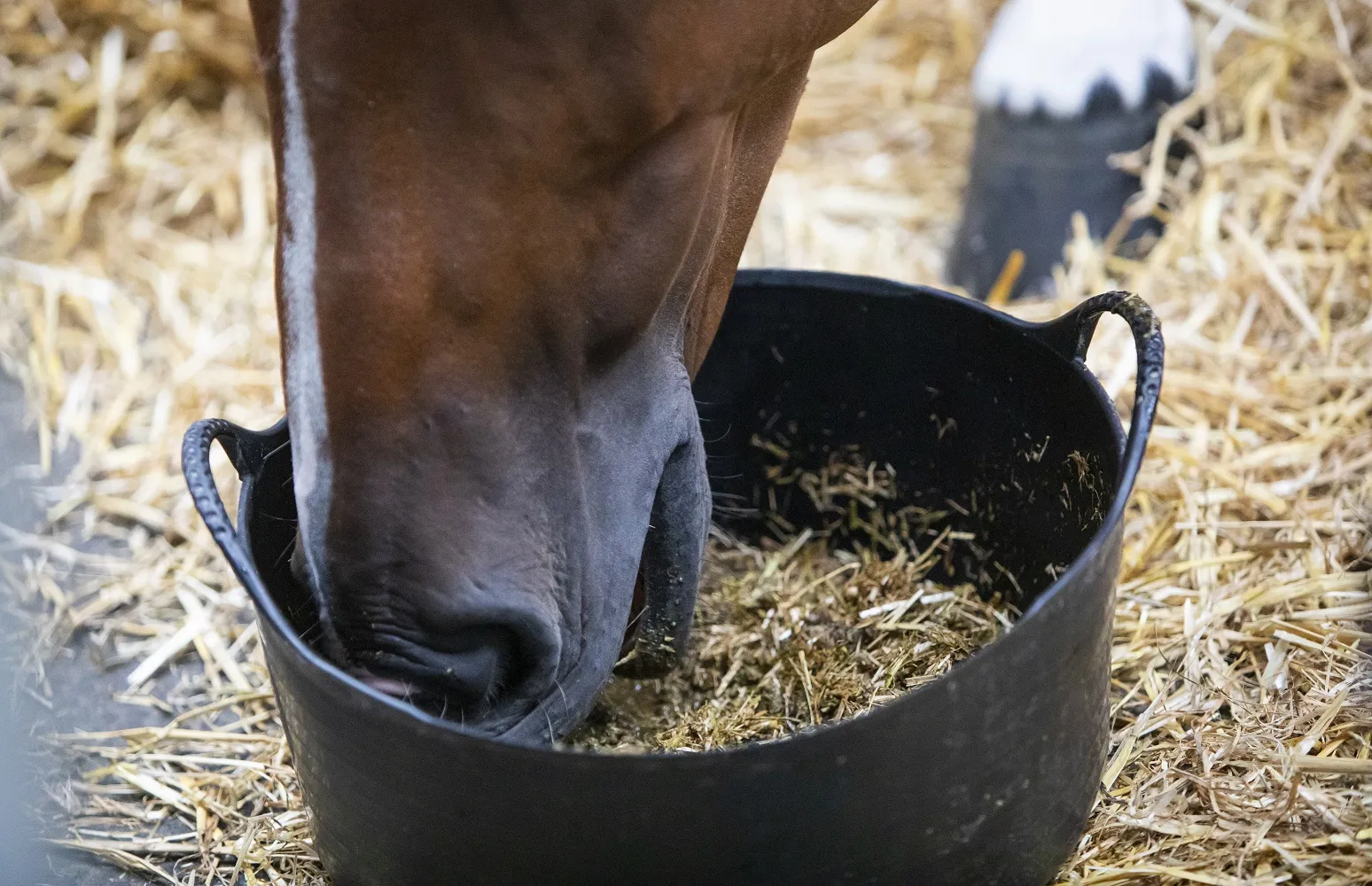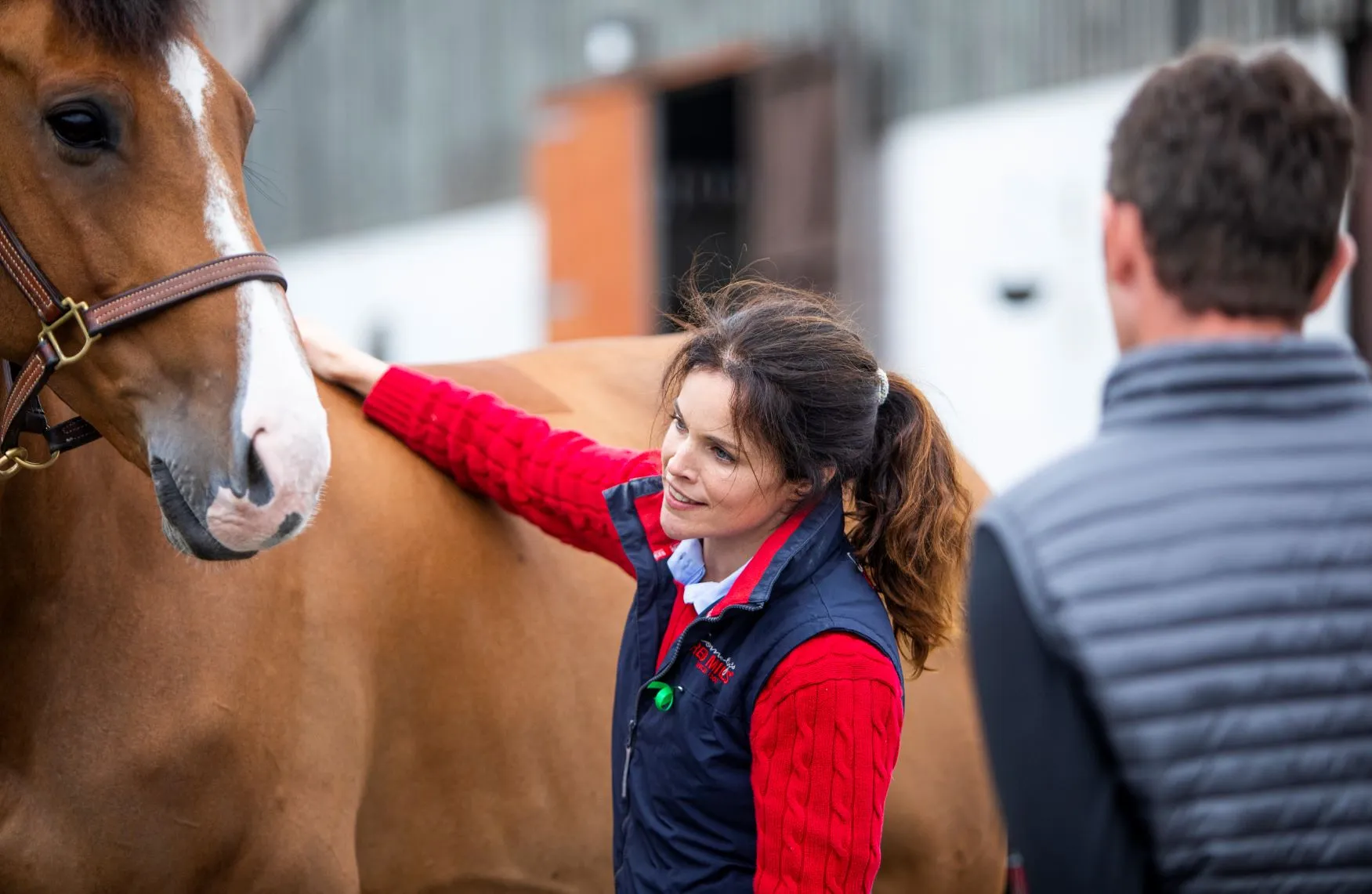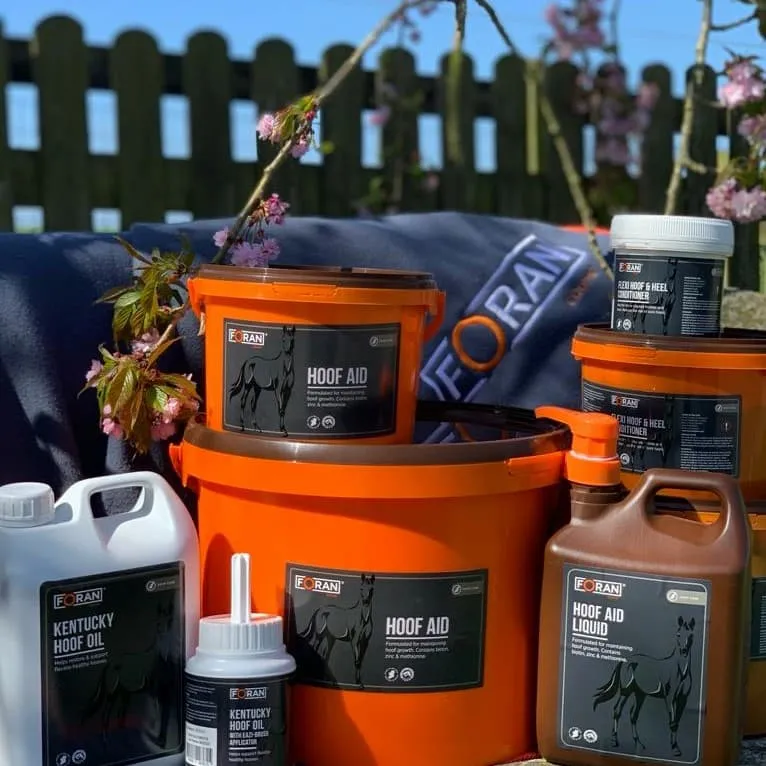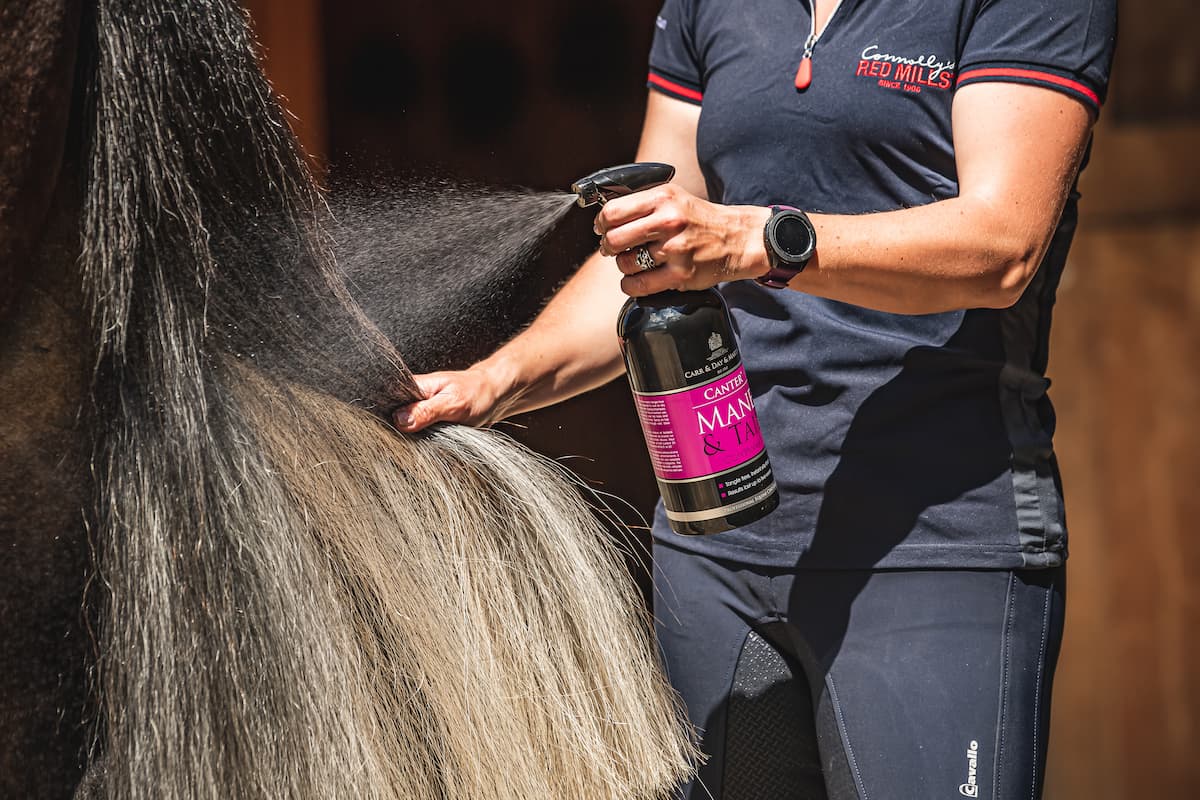Do you find you struggle with energy? Do you find that you are always looking for a higher energy feedstuff to give your horse? Do you find that even when feeding racehorse feeds or even straight oats that your horse still struggles with energy? Do you find that even when you increase the amount, you’re feeding that you still get no results?
All horses when in good health should respond when fed a high energy feedstuff, if they don’t then it needs to be questioned as to why they don’t, and it strongly suggests that there may be an issue elsewhere, and in most cases this issue tends to be in the gut, and in particular the hind gut.
Performance
Hindgut issues can really interfere with a horse’s performance, not only in energy levels required during a workout but also in endurance levels, with many horses flattening out towards the latter end of the week. Topline, body condition, muscle cover can also be greatly affected, as well as overall health and well-being.
Starch
Unfortunately, our response in cases like this is to feed more of the starch rich feed to try and increase energy levels, but we are actually seriously compounding the issue by doing so.
The opposite in fact is what is needed if we are to fix the problem. We need to pull back from these types of feeds completely and only feed a fiber rich pellet if we want to try and fix this issue.
This would seem to contradict what we know: starch equals fast release sparky type of energy, fibers equal slow release calm type of energy. So yes trying to change the diet during season is not always ideal, that’s why now is the perfect time to work on this, when you don’t have a Grand Prix to worry about next week, and you have time to allow the horse adjust to the new diet and hopefully bring some balance to the hindgut.
What are the signs?
Classic signs of an underlying hindgut issue would include changes in abdominal shape. In most cases a horse with a hindgut issue tends to have a very bloated abdomen, almost having a ‘pregnant’ appearance.
This is often mistaken for excess fat or weight gain, and as a result hay access is often restricted, which only helps to compound the issue. An easy way to distinguish between a bloated abdomen or excess body weight is to also check the topline.
Horses with hindgut issues and a bloated abdomen tend to have poor topline and muscle cover and often the ribs can be felt. In the overweight horse the topline and ribs are well covered. In some cases the opposite is seen, with horses having a very tucked up, almost ‘greyhound’ appearance.
Other signs of a hindgut issue include soft droppings, being gassy, acidic smelling droppings/gas.
And for some horses they can get very anxious, stressed and unhappy in themselves, with some developing stereotypical behaviors. Hindgut acidosis can be a very painful condition for the horse and can really affect them in many ways.
What Can You DO?
Rectifying a hindgut issue can take a long time to do so, oftentimes months, and requires a complete change in diet and a pull back from work and a reduction in stress.
Trying to do this in the depths of a heavy show schedule is not really possible so the ideal time to do this is now, during the late fall/early winter months, when you can take a break from showing and pull back from starchy high energy feeds, replacing them with a more gut friendly high fiber alternative.
If the horse is given a chance to recover and hindgut health is rectified through a change in diet and management, energy levels and topline will almost certainly follow. Now is a good time to work on this and have your horse back on form come the start of season in January.
A recovery program should include
1. Remove all cereal rich feedstuffs from the horse’s diet. This would include all sweet feed or muesli type feeds, as these are all formulated with cereals, all straight cereal grains eg oats, all bran mashes (homemade or bought in)
2. Only feed fiber rich feeds. Most of these will come in pellet form and are formulated with high quality digestible ‘super fibers’ and oils and very low cereal inclusion, if any
Read more on energy sources used in feeds…
Product Suggestion
- RED MILLS Horse Care 10 Pellets
- RED MILLS Horse Care 14 Pellets
- RED MILLS Cool N Conditioning Pellets
3. Reducing stress where possible, adding increased turnout time, increased hand walking time, and supplementing with a calmer if needed to help cope with the stress and anxiety caused by the pain and discomfort in the hindgut
Product Suggestion
4. Supplement with a good gut supplement that benefits both fore and hind gut
5. Supplement with both pre and pro-biotics. Some pro-biotics replenish the ‘good’ bacteria in the gut, some act like, pre-biotics. Pre-biotics help provide a good environment for the ‘good’ bacteria helping them to survive, by mopping up bad bacteria and waste products, reducing the acidity in the gut and providing a food source for the ‘good’ bacteria. Pro-biotics include live microbes and dried yeast. Pre-biotics and gut support supplements include inulin, manno-/fructo-oligosaccharides, seaweed-derived calcium, yeast, B vitamins
Product Suggestion
6. Add chaff to each meal. The bulky nature of the chaff causes the horse to slow down the intake of feed, increases chew action and in turn increases saliva production, and also slows down the passage of feed through the intestine allowing for increased digestion time
7. Keep meal sizes small by feeding little and often, eg 3-4 times per day
8. Ad lib access to a good quality easily digestible hay, placed on the floor rather than in a net. Initially some horses might seem to gorge the hay. This is a natural reaction if they have had their hay restricted or if they are in discomfort. The fibrous material of the hay is a food source for the ‘good’ bacteria in the hindgut. The fermentation of the hay by the ‘good’ bacteria helps reduce the acidity in the hindgut and eases the pain. A horse that initially gorges his hay will slow down. If worried feed in a hay net if need to
9. Bedding on straw would be ideal but not always possible while in Florida. Straw bedding encourages the horse to ‘forage’ as they look for seed heads in the straw, which causes increased chewing and salivation, increased saliva production helps buffer gastric acid and promotes good hindgut health
